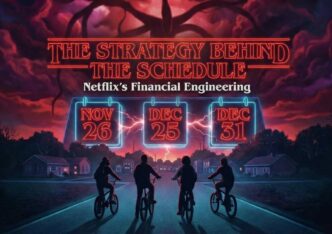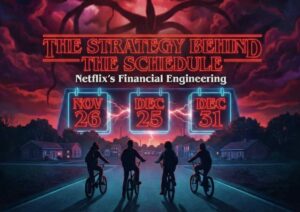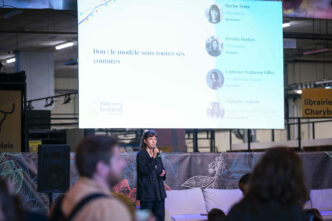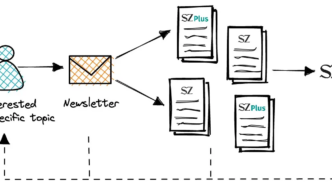
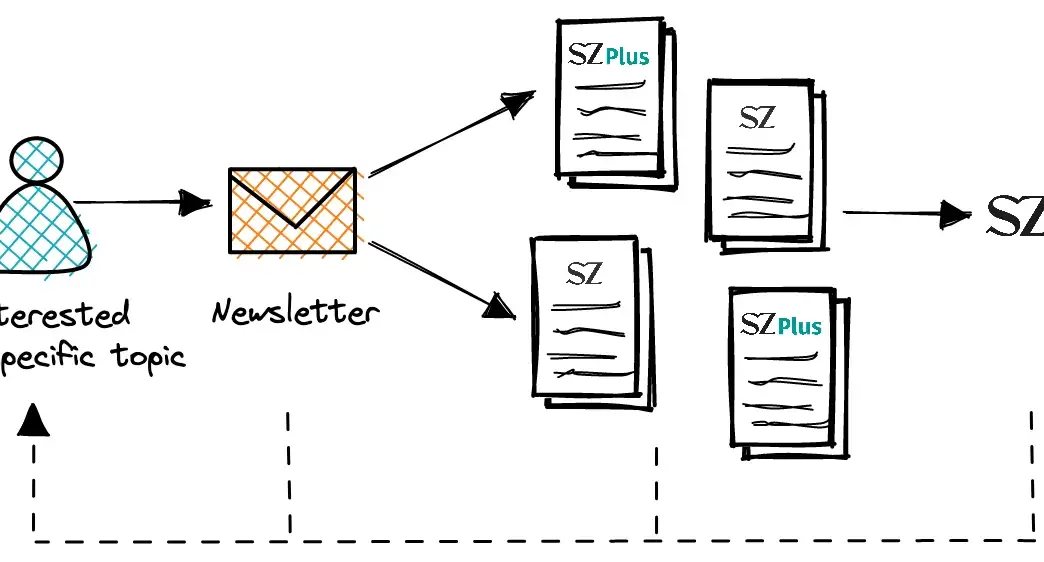
Are newsletters really valuable in a reader revenue model? It’s a question brought up by a reader, and one that caught my attention. Whilst there’s been a lot of buzz around newsletters over recent years, and plenty of informative content on how to make them a success, there’s been a lack of focus on the real value of newsletters. And by value, I mean money. Reader revenue. Not simply engagement or traffic acquisition – are newsletters really valuable to a reader revenue model?
To investigate, I called upon a mix of newsletter experts, asking them how publishers can maximize the value of newsletters.
A defined goal and purpose for your newsletter
However…
The key is to clearly define the goal and purpose of each individual newsletter.
There is not a ‘one size fits all’ approach. You need to tailor the newsletter to the readers and to the purpose you have for the specific newsletter ( i.e. drive traffic back to site, enhance the value of subscribers, promote an event, acquire registrants, convert readers into subscribers, or for commercial reasons). If you are clear on that purpose, you can make sure it is written, designed, timed, curated etc in the most effective way for achieving that purpose.”
Alastair Lewis, Owner of Quested Consulting
To put this into context, Público’s João Pedro Pereira, Newsletter and Digital Projects Editor, shared how they’ve done exactly this, building newsletters around a specific goal and measuring success accordingly.
“We have three broad groups of newsletters depending on what the goals are: traffic generation; engagement and brand recognition; subscriber acquisition and retention. In some cases, there may be some overlapping, of course – the number of newsletter subscribers and open rates are relevant across the three groups for instance.
Specially in traffic-oriented newsletters, clickthrough rates are also very important, as are the number of pageviews and average time of newsletter-generated visits.
Subscriber acquisition or retention is much trickier to assess. We have a few subscriber-only newsletters, and we monitor their success as measured by the traditional metrics of subscriptions and opening rates. We also monitor what links users click and whether those pages are part of the user’s journey to become a subscriber.
Finally, we take into consideration less measurable factors, such as whether newsletter readers email or engage in another way with the journalists writing them.”

Traffic acquisition, subscription conversion and retention seem to be the common newsletter goals
And newsletters have certainly improved retention rates at Público:
“Newsletter consumption tends to be correlated with a smaller churn rate. A paying reader that subscribes to newsletters tends to be a loyal paying reader. And, very consistently, subscribers tend to consume much more newsletters. It’s always open to debate which way the causality goes. I can share that our four weekly subscribers-only newsletters have an average opening rate close to 40%, which I think anyone in the industry will agree it’s a very good number.“
João Pedro Pereira
What do these experts recommend doing to ensure you maximize the value of a newsletter in a reader revenue model?
- Balance frustration and engagement
- Increase premium produce visibility
- Target a niche audience
- Build a dedicated newsletter team
- Set up a newsletter onboarding series
- Don’t forget to recycle your newsletter content
Balance frustration and engagement
As with any conversion efforts, it’s about finding the balance between frustration and engagement.
Engagement through allowing access to quality content for free, providing users with value that matches their interests.
And just enough frustration from being blocked that the user wants to subscribe to access more of your content and value.
Carmen Heger, Head of Data Science at Süddeutsche Zeitung, describes how she saw the potential in SZ’s newsletters to find this balance and increase subscription conversion rates.
A user would start by being interested in a specific topic, finding a newsletter that matches this interest. While reading this newsletter on a regular basis, we’re exposed to various types of articles – some are free, some paid. At some point, we might be convinced by SZ’s product and decide to try a paid subscription. The journey is of course not always linear, it’s unique to the user, but they’d gradually increase engagement whilst also being frustrated by not having access to all of the value on offer.
With the above journey in mind, we started linking more paid content in our newsletters where it made sense. That sounds easy, but the question is where and how much? We came up with a few criteria: First, it makes sense for topics where we also have sufficient exclusive content and great journalism for which subscribers are likely to pay. Second, it depends on the user’s need that a newsletter is aiming to satisfy — if it’s more about news then paid content plays a less important role than if it’s about inspiration, education or going deeper. For some topics, we even restructured the newsletter so that it serves more as a frame to one specific paid article that is at the center of this newsletter — basically, a paid content newsletter — it’s still a free newsletter but it centers around paid content.”
This ‘paid’ newsletter is written and designed to set the stage for a paid article. The text serves as a teaser to draw a reader into the topic and convince them to subscribe to be able to read it.
This new strategy has helped the German publisher go from only a few conversions per week to an average of 8% of overall paywall conversions coming from newsletters, meaning users click on paid articles in newsletters and then decide to pay for subscription.
Increase premium product visibility
For Andy Griffiths, newsletter industry veteran, and founder and editor of Champion Newsletters, success is linked to the visibility of your paid model, bringing it in front of the reader the right number of times.
If the reader revenue you’re after is a subscription, the truth is that repetition is the best way to maximize revenue. I’ve always worked on the rule of thumb that people need to view an advert an average of 7 times before they respond with a buying decision (if they are buyers in the first place). You have to ask many times to get a sale but this needs to be done judiciously with the right balance in the newsletter between content and promotion, to avoid frustrating the reader. A balance of 4 content to 1 promotion is a good starting point, but you may find you can ramp up promotion to a greater level without generating fatigue, especially if your free content is compelling and needed.”
And this paid off for Andy. At Green Star Media, which he founded and ran for 12 years, 95% of subscriptions for 6 sport magazines were sourced from email newsletter lists.
“Recipients were fed a generous diet of free content from the magazines, personalized by the relevant editor, and exposed to repeat identical magazine subscription offers. Over time, 5-10% of the free lists converted.”
My view: build adapted conversion journeys for newsletter subscribers
Of course, you should test and measure the balance of free vs paid content in your newsletter. But you can also consider offering a few premium articles for free to newsletter subscribers.
How?
Triggers allow you to build a unique experience for users coming from a specific URL thanks to a UTM_Source.
For instance, you could offer newsletter registrants one premium article for free per month thanks to your UTM_Source that removes the paywall from this content.
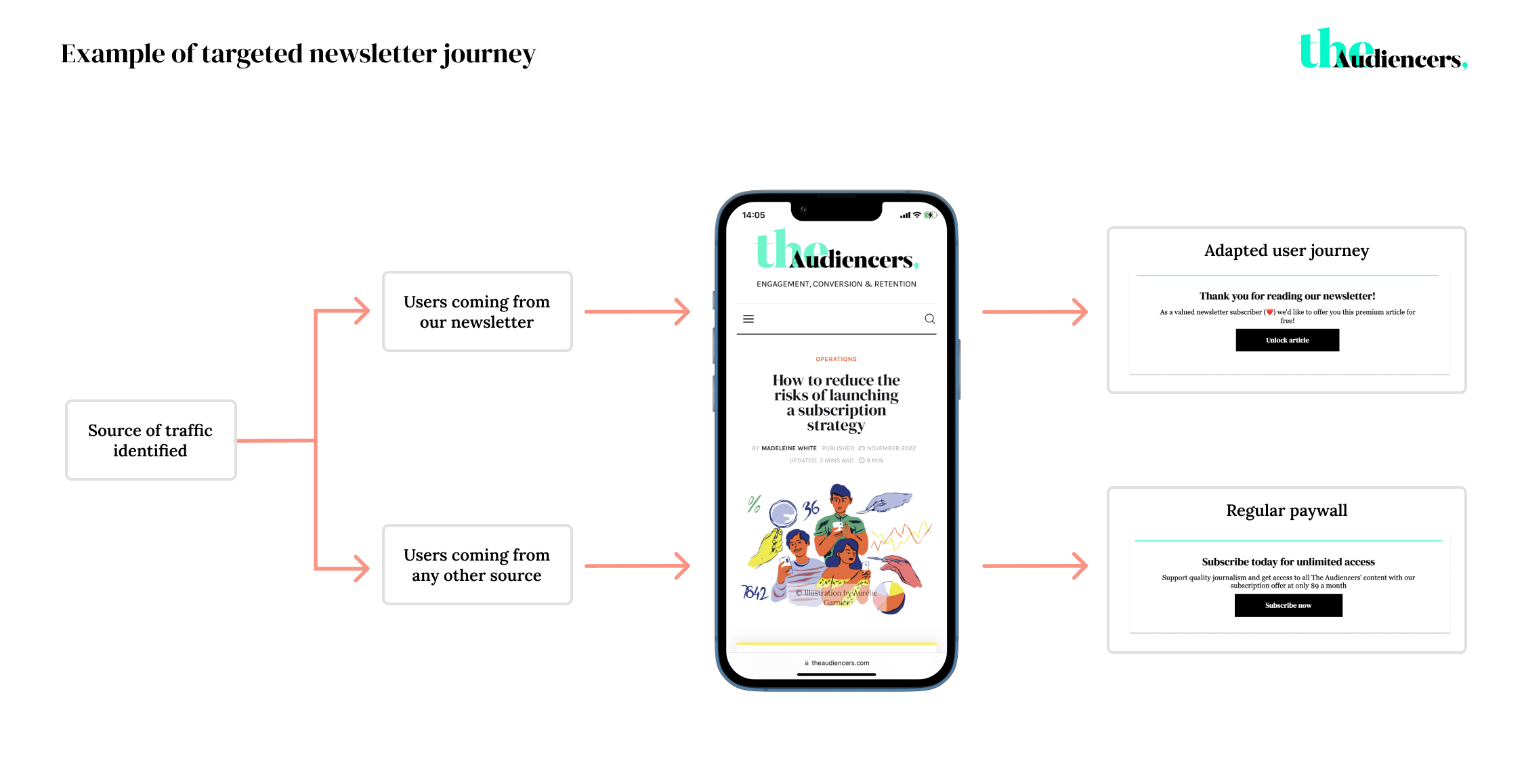
Why?
Conversion is based on value exchanges. But if a user is going to partake in this exchange, they need to have a good idea of what this value is. By offering a premium article for free (in exchange for them signing up to the newsletter for instance) you’ll allow them to discover the value of your subscription offer, increase engagement and their propensity to subscribe in the future.
Target a niche within your audience
Ismael Nafria, Spanish Journalism professor and writer, highlights that newsletters are a niche format that can make targeting a very specific audience financially worthwhile:
The user who decides to sign up for our newsletter will do so, in large part, because the subject matter interests them, whether for personal or professional reasons. The newsletter must therefore have a clear focus, explained in a simple way, either with a slogan or brief description – a value proposition, telling users why they should subscribe.”
Reach PLC, for instance, recently announced that 9 of its brands will be turning to a newsletter-first strategy. The niche newsletter topics cover everything from English football and NFL, to Bake Off, LGBTQ+ stories and TV and film.
Paul Rowland, editorial director of Reach’s Live Network, shared:
We are not in the website business, we’re in the business of reaching and engaging people. We know that newsletters are a brilliant tool for developing rich relationships with our most loyal readers – especially at hyperlocal level – so we’ll be asking a selection of our newsbrands to focus on a smaller total of more engaging stories, with a website supporting the newsletter rather than vice versa.”
When the opportunity is seized successfully, these newsletters create a group of highly engaged readers who have a specific, shared interest. Publishers will then be able to target these users with personalized messaging, gradually leading them through conversion steps towards subscription.
Build a dedicated newsletter team
For those working within a publication, developing a team dedicated to newsletter strategy supports efforts to monetize this form of content.
Whilst editors put their expertise into covering the content, a small team concentrates on strategy, taking a holistic view of newsletters and analyzing the data to advise the newsroom:
- Are they duplicating topics?
- Are there any opportunities for new newsletters?
- How can teams improve individual newsletters?
- What best practices should they put into practice?
In short, the newsletter team become experts in newsletters, passing the necessary information onto their editors whilst also leaving them to concentrate on producing quality, expert content, something that plays an equally important role.
Set up a newsletter welcome series
According to newsletter expert and consultant, Dan Oshinsky, founder of The Inbox Collective, building a welcome series is one of the best things you can do to drive both reader engagement and revenue.
“A great welcome series has a few clear goals:
- It guides that reader through the next steps on their journey
- It drives engagement from Day 1
- It boosts your inbox placement — it actually helps you consistently get into the good parts of the inbox
- It converts new readers to paying supporters”
For his own newsletter, Dan has built a 5-step onboarding process:
- The Hallmark email – your chance to welcome the new subscriber and build a relationship. Dan even asks 2 questions to establish a conversation, with 1 in 5 replying
- The Talking Head email – sent 2 or 3 days after subscribing. This is your introduction and chance to explain why you do what you do
- (2 emails) The Evergreen emails – share links to some of your ever-green, best performing content
- The Survey email – sent 30 to 60 days after subscribing. Dan recommends checking in, perhaps through a survey, making sure to keep it short, personal and easy to complete/reply to
A final note from Público on maximizing the value of your newsletter: Recycle your newsletter content
For those newsroom managers thinking you’re wasting resources by having good talent writing stuff that only gets sent through email: 1) you’re not, as those newsletters may well attract a larger (and higher quality) audience than if they were simply posted on your website; 2) if done well, you can perfectly also use that content on your website.”

